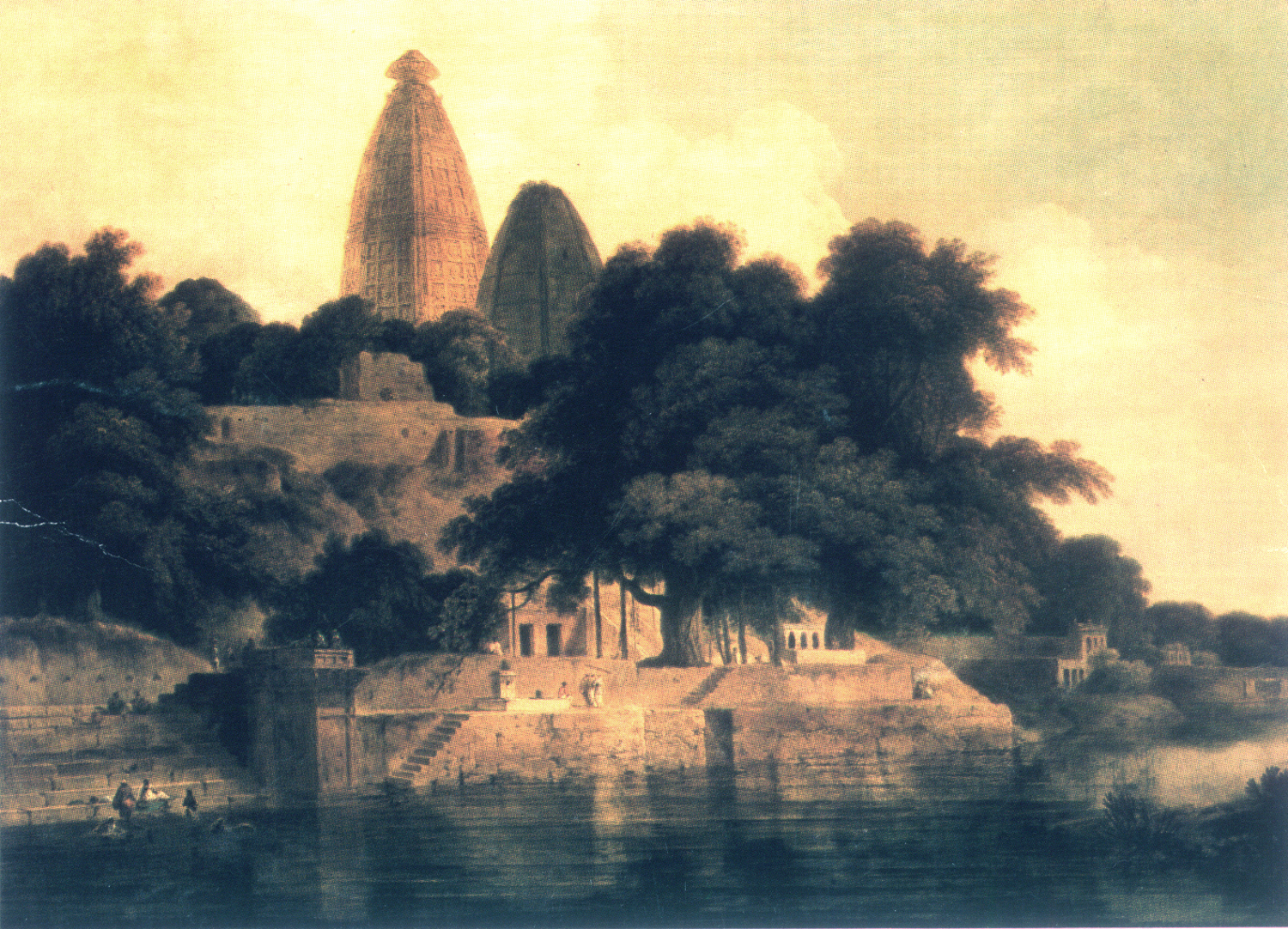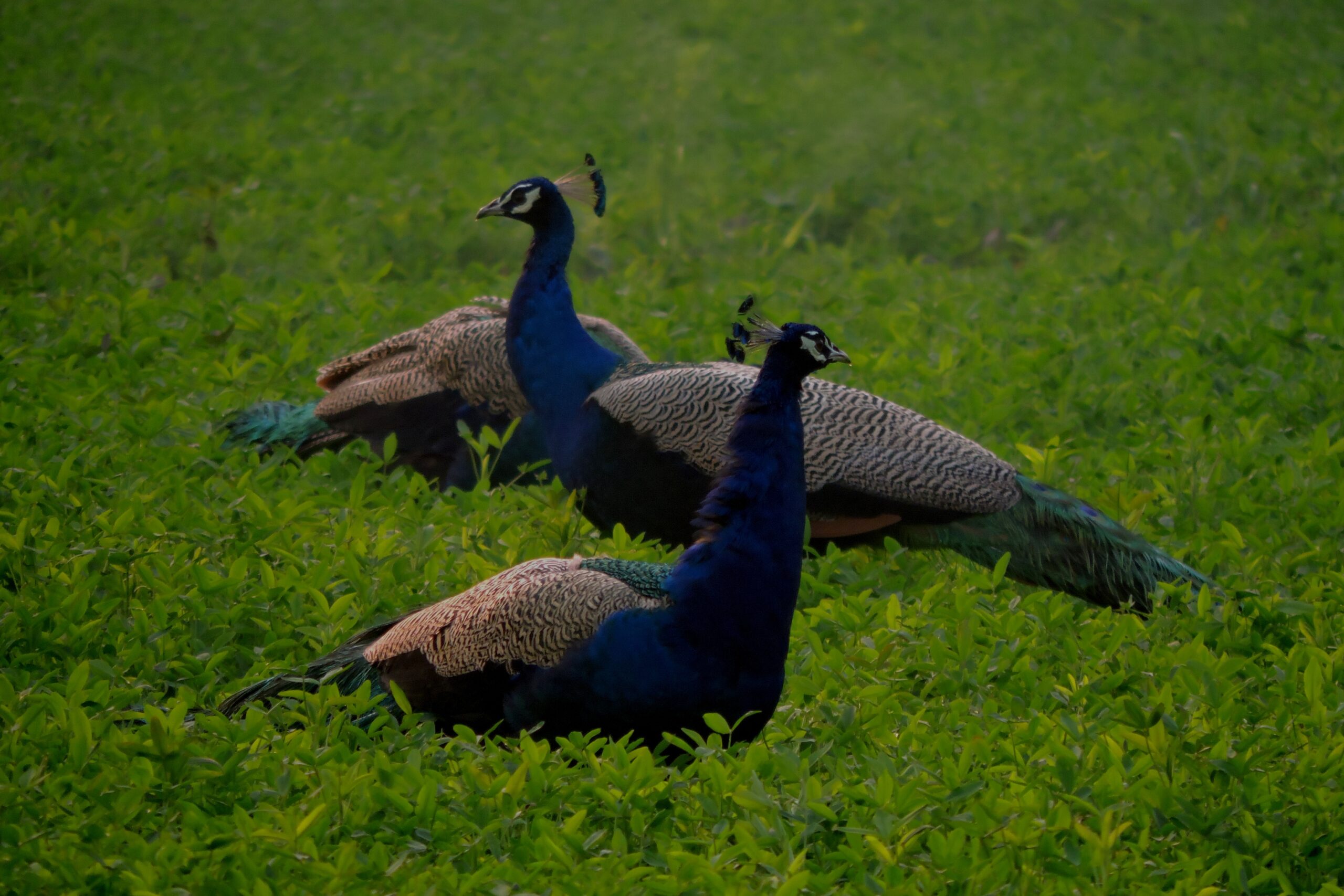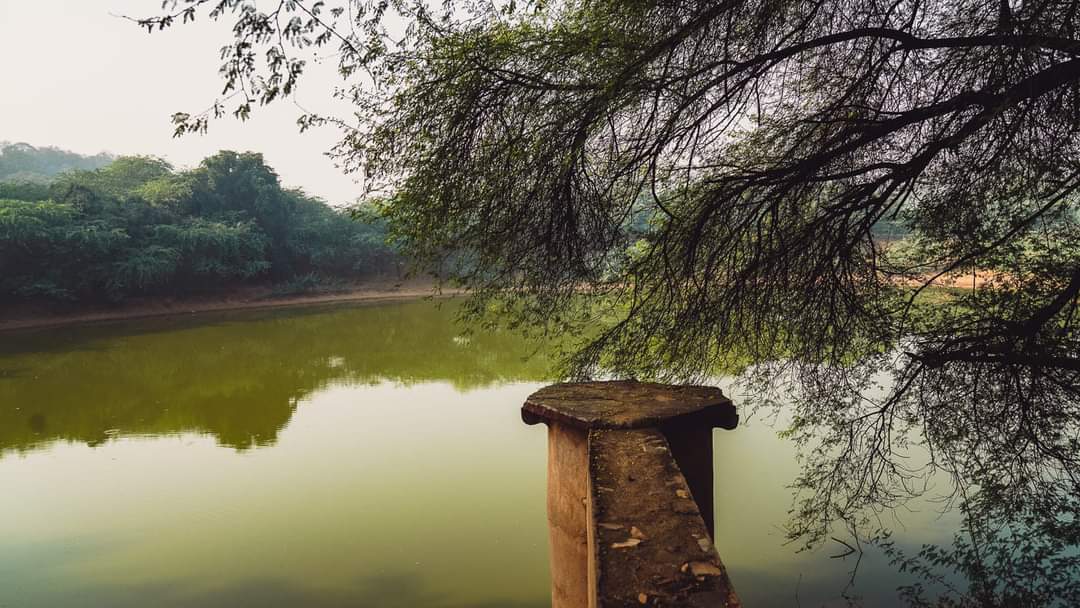The following article was written by Acharya Srivatsa Goswamiji of Sri Caitanya Prema Sansthana. This is Part –II of the three-part series.
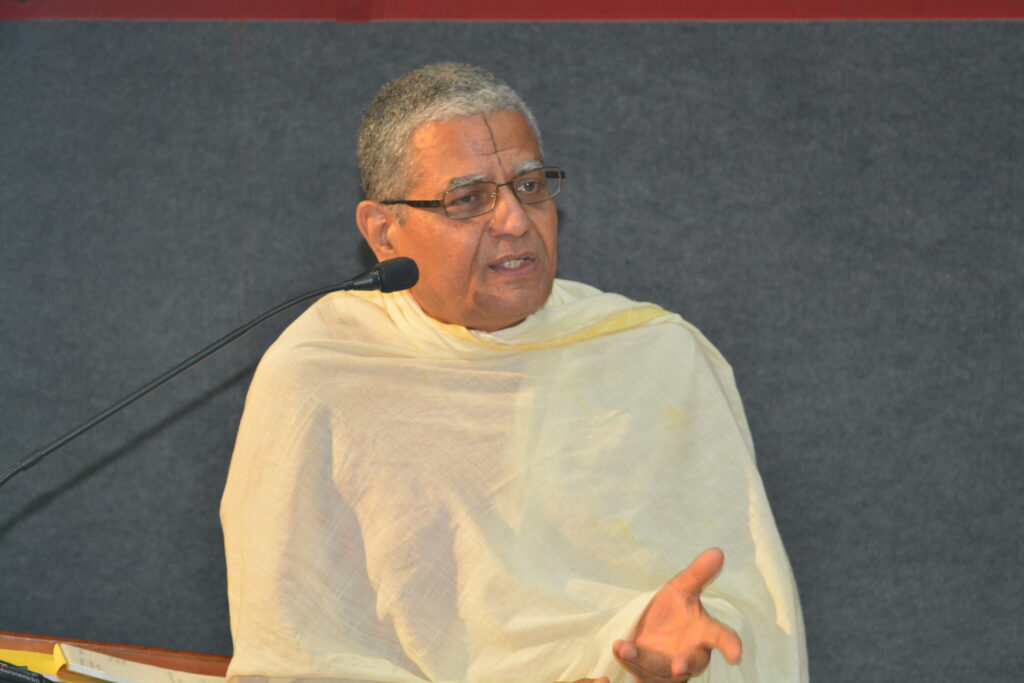
In 1987, the Indira Gandhi Rashtriya Kalakendra (IGNCA) and Sri Caitanya Prema Sansthana (SCPS) initiated the process of academically revisiting the culture richness of Braj. A serious and comprehensive documentation effort by SCPS grew into a rich archive of printed and audio-visual material that made it a natural home for scholars and researchers from India and abroad.
This collaborative effort, formally launched at the beginning of 1988, produced a series of translations of classical texts central to Braj, a compilation and publication of historic documents and a series of international seminars and multi-media exhibitions for exposing new audiences to the fascinating history and culture of Braj. The project came to known as Vraja Prakalpa.
To read the Part – I of Braj: What ? Please log on to the following link:
https://vrindavantoday.in/editorial/braj-what-i-by-acharya-shrivatsa-goswami/
How did Caitanya achieve this?

Caitanya had two options for the process of resurrecting Braj-Vrindavan. That process involved interacting with powers other than religious; he brought into his ambit the political, economic and culture. This “other” at that time was predominantly Islamic. Caitanya’s option was to confront it “diabolically” or interact “dialogically”. Caitanya believed in the latter.
As his strategy, he chose a team of capable managers who had the capabilities of handling the political powers that mattered most. Three out of his six trusted followers belonged to the courts. These Goswamis’ dialogue with the powers that be resulted in recreation of Braj and Vrindavan in particular. They encouraged Akbar to physically create Vrindavan as a revenue entity formally in 1596. But even before that, throughout Akbar’s reign, Vrindavan had benefited from his dialogical sensitivity towards this centre of Hindu culture. The result were seen not only in the building of the grand monuments like Govind Dev and other impressive built edifices, but the Yamuna in the centre of the Vrindavan peninsula was also embellished by a four-kilometre-long garland of ghats, chattris, and temples, thereby creating a unique riverside architecture unseen anywhere else. The Goswamis were joined by other “visitors” like Vitthalanath, Narayan Bhatt, Swami Haridas, Hariram Vyas, Hit Harivansh, Gadadhar Bhatt and several others.
With the active cooperation of the Mughal and Rajput courts, literature, philosophy, rituals, arts, crafts, music and drama flourished, reaching new heights.
These six Goswamis designated the famous trio of Narotthamdas Thakur, Shyamanand Prabhu and Shrinivas Acharya, as custodians of Braj, They took Vrindavan’s literary, religious, philosophical and artistic creations of the sixteenth century and planted them from Assam to Manipur, Bengal to Orissa and Gujurat to Dera Ghazikhan in the north-western frontier provinces.
But the glory of the sixteenth century would not last forever in Braj. From the latter half of the seventeenth century and the first half of the eighteenth century, the area once again saw plunder and destruction on a large scale. But alongside this destruction, happily there were saviours and patrons, led notably by the royal rulers of Jaipur and Gwalior and the nobles of Bengal.
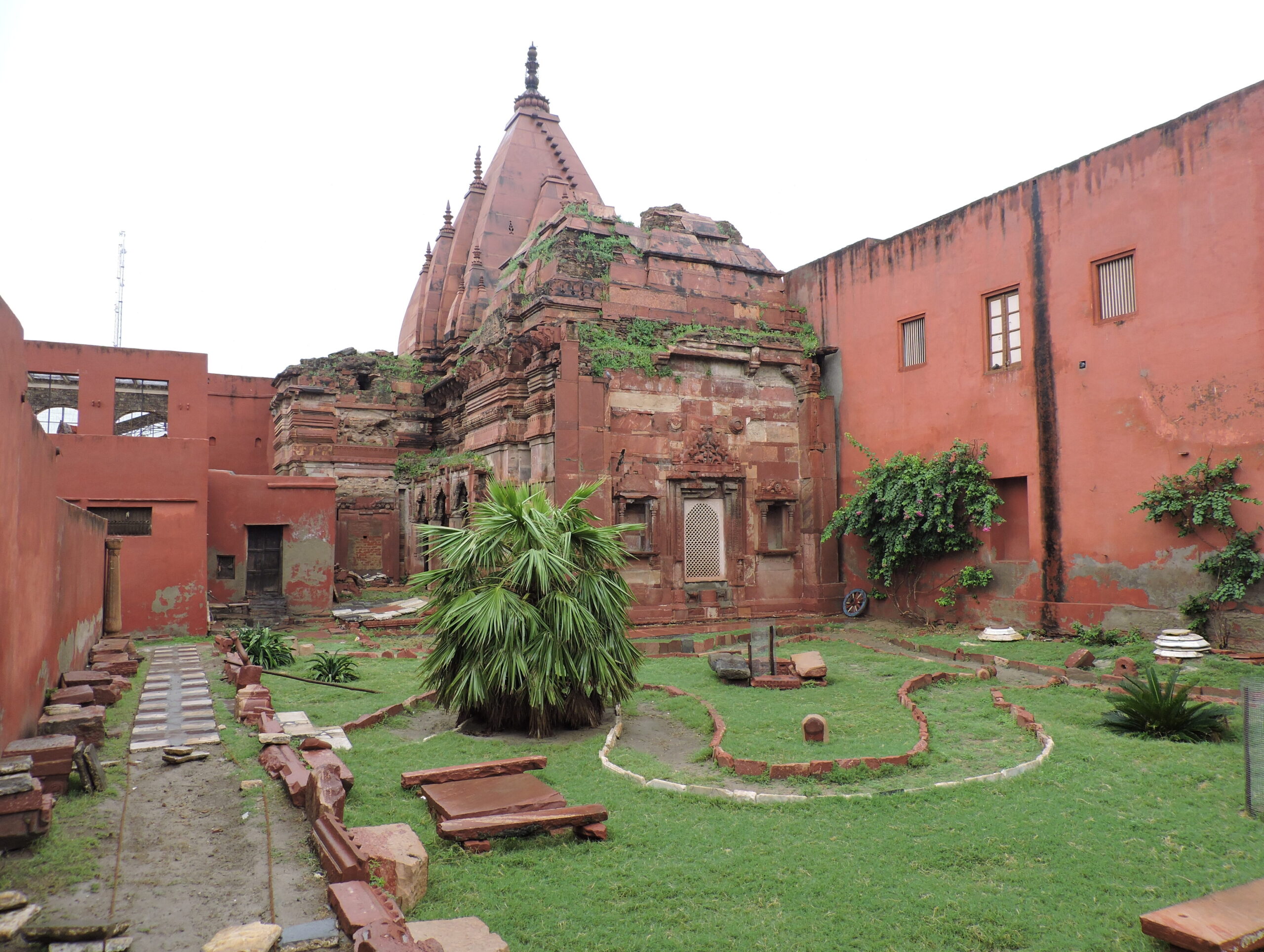
During the Mughal and British rule, Mathura attracted many European visitors. Christian missionaries focused on this Hindu holy land, and even today are a thriving community in the area. Mathura was blessed to have F.S. Growse as its District Magistrate and Collector. Growse not only repaired the wounds inflicted on Braj’s built heritage, he also brought sanity in administration after India’s first struggle for independence. He brought prosperity to the region with the creation of a network of roads and canals. In addition, his translation of the Hindu texts, his establishing an archaeological museum in Mathura, and his comprehensive gazetteer of the district titled “Mathura: A District Memoir” which, even after 125 years, remains a most useful tool for the study of Braj.
The latter half of nineteenth century saw the birth of the Arya Samaj in Mathura, where Dayananda Saraswati attained enlightenment. Vrindavan and Braj played a very important role in the formation of the Ramakrishna Mission movement, a global phenomenon, which inspired Ramakrishna Paramhans, Ma Sharada and Swami Vivekanand during their stays in this region.
As recent as the mid-twentieth century, Vrindavan sent a drum-beating sadhu to the United States, and this culminated in the formation of a global phenomenon called the ISKCON or Hare Krishna movement. Thus, the movement of the history and culture keeps moving on and on…
Even today, this fascinating living culture of Braj, despite its roller-coaster history, is an amazing phenomenon, which engages not only religious leaders and pilgrims but also writers and artists, politicians and businessmen. Most important, scholars and historians continue to be attracted towards some unique facet of Braj.
Braj is an ocean, Vrindavan is the metaphorical lotus at its centre. Braj, depicted in literary and artistic expressions, is the land of grazing cows, where Radha and Krishna met for their secret night trysts among the flowerings trees and creepers and where Krishna sports with the milkmaids (gopis) in his most famous Maharas-lila, dancing in the light of the full moon on the fragrant bank of the river Yamuna.
Against this background, indistinct in its antiquity, flourished a varied world of art, nourished both by the land of Braj and by its devotees. The Goswamis, immersed in devotional religion, went on to found schools of philosophy, establish methods of worship, and so forth, all incorporating traditional and new ideas of art into the worship of Radha and Krishna in their land of Braj.
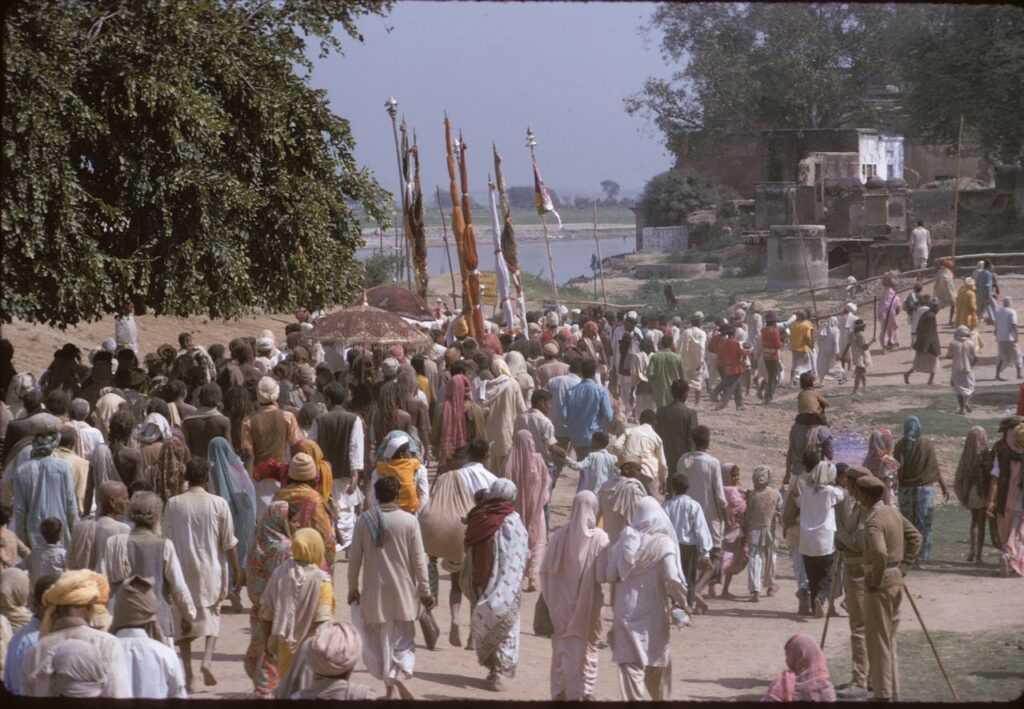
In the field of music, for example, the ras-lila and samaj traditions are both related to classical Dhrupad, but aimed at a specific function: to promote devotional feelings for Radha and Krishna. In 1535, Narayan Bhatta, from Telangana, settled in Braj. He included the performance of ras-lila in the ban-yatra, the pilgrimage which encompasses all the sacred places of Krishna’s lilas within the traditional 84 kos (300-kilometer circumference) of the Braj area. Thus, the sports of Krishna were recreated at the very sites where they were originally performed. These Budhi-lilas (ancient plays) are probably the longest-surviving processional theatre anywhere.
Nowadays, Braj is covered with rasa-mandalas, the round, raised platforms on which ras-lila are performed. Samaj, an assembly of musicians, is an ancient liturgical tradition, also revived for Krishna worship in the sixteenth and seventeenth centuries. Verses written by the great saints of Braj are sung in Dhrupad style. Samaj is performed daily in certain temples of Vrindavan, and in others only on festive occasions. From both the ras-lila and samaj traditions further art forms developed


